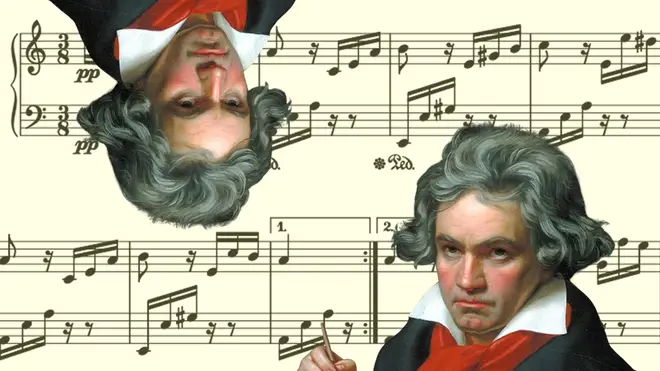On Air Now
Early Breakfast with Lucy Coward 4am - 6:30am
13 May 2021, 13:53 | Updated: 13 May 2021, 17:25

How it started: ‘Für Elise’. How it’s going: ‘Esile Rüf’.
Beethoven’s piano miniature ‘Für Elise’ is one of the most famous pieces ever written – every young pianist has had a bash at playing that famous melody.
But what would it sound like if every interval between the notes was inverted?
YouTuber Andrew Huang, whose channel explores music of all genres, has created what he called ‘the Beethoven flip challenge’ (watch below).
Essentially, he keeps the distance between each note the same, but reverses the direction.
So, that instantly recognisable opening motif, which alternates between an E and the D sharp just below, now alternates between an E and the F just above.
Read more: Why ‘Für Elise’ is an unexpectedly sophisticated piece of music

Für Elise (Inverted) — #MIDIFLIP
In the words of Andrew himself, “you know, I expected it to be worse”.
A second video on his channel explains how he upended the elegant piano work.
Andrew began by downloading the midi sequence and importing it into his music notation software. Then, he dragged every interval up or down to create the “tonal inverse” of Beethoven’s composition.
Andrew’s experiment retains all the harmony, melodic timing and spacing of the original. So really, it’s just the melody that sounds a little awkward.
“I thought this was going to be dissonant piano from hell… but I’m pleasantly surprised,” he adds.
As are we. Next up, the entire Missa Solemnis please, Andrew.